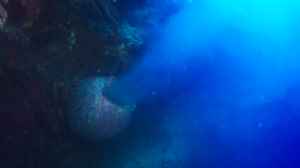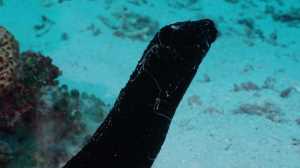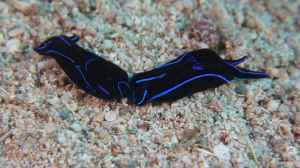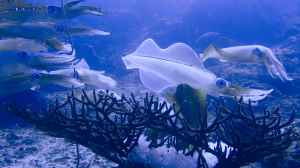The fascinating life under water!
There is a lot to see underwater. Even unknown things. It can also happen that you don't see what is going on directly.
Here are some examples. The video was created during many of my dives 2024 in Indonesia (Raja Ampat) and the Philippines on Romblon, Anilao and Tubbataha.
The video
You can see the video in full screen. To do this, you have to click on the bottom right of the video:




